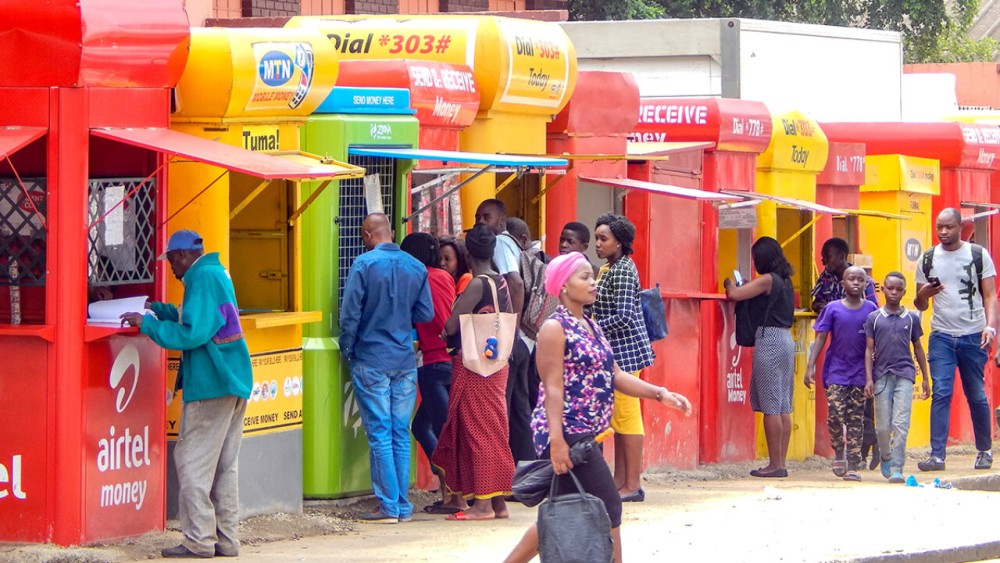In the heart of East Africa, Tanzania stands as a beacon of potential for the continent’s financial sector. Home to nearly 60 million people, the country has been making significant strides in both its banking and finance industries over the past decade. Despite challenges, the industry’s making money, showing signs of robust growth and innovation, largely driven by mobile banking, increased access to financial services, and governmental reforms.
Driving Financial Inclusion and Growth in Tanzania’s Banking Sector
As of 2023, the total assets of Tanzania’s banking sector are estimated to be around $11 billion, reflecting a growth rate of nearly 9% since 2018. Meanwhile, the finance industry has seen its contribution to the country’s GDP rise from 2.5% in 2018 to an estimated 4% in 2023. One of the pivotal drivers of growth in Tanzania’s banking and finance industry is the rapid expansion of mobile banking. With over 23 million people, or roughly 38% of the population, now connected to mobile banking services, it’s evident that technology has revolutionized how Tanzanians transact.
A prime example of this is M-Pesa, a mobile phone-based money transfer, financing and microfinancing service, launched by Vodafone for Safaricom and Vodacom. Since its introduction, it has significantly bolstered financial inclusion in the country. In a country where a significant portion of the population is rural, access to financial services has traditionally been a challenge.
However, according to the FinScope survey of 2017, financial inclusion in Tanzania increased from 16% in 2009 to 65% in 2017. TCRA also, reported that the volume and value of mobile money transactions is steadily on the rise, as of 2019 the institute recorded 3.02 billion transactions with the value of transactions (TZS) 101.87 trillion with just 25.86 million mobile money subscribers and the number have skyrocketed to 3.75 billion transaction with the value of transactions 137.22 trillion by 2021.
This was largely attributed to the rapid growth of mobile money services and the development of agency banking, where local agents provide banking services in areas without bank branches.
Making Money: Transforming Tanzania’s Financial Landscape and Empowering Communities
Tanzania is among the 25 priority countries within the World Bank Group’s Universal Financial Access 2020 initiative, whose goal is to enable access to transaction accounts as a first step toward broader financial inclusion. Much of this progress has been credited to money transfer services that were introduced by mobile network operators in 2008. These are operated by a network of agents across the country offering a range of services and products, whereas the traditional bank-dominated financial system remains mostly urban-based and is still unaffordable for the vast majority of Tanzanians and their businesses.
Where ordinary citizens once had to enter into risky arrangements to send money urgently to their families, the mobile money services have almost eliminated this risk and drastically reduced the time and cost transactions used to take. They have moved further to offer products at affordable cost, such as insurance and credit, as well as offering platforms for paying utility bills. This has been a catalyst for local entrepreneurship and economic growth.
The Tanzanian government has played an instrumental role in the transformation of the banking and finance industry through policy reforms. These include the enactment of the Microfinance Act of 2018, aimed at ensuring the stability of microfinance institutions, and the Financial Institutions Act of 2005, which has been vital in maintaining stability and confidence in the banking sector.
Despite the remarkable strides, the industry still faces challenges, including a high level of non-performing loans and the need for further modernization and digitization of services. Additionally, a large portion of Tanzania’s population remains unbanked with a large mobile usage gap that hinders growth for mobile transactions. The usage gap refers to the percentage of the population who live in areas covered by a mobile broadband network but do not yet subscribe to a mobile internet service.
For example, while 3G mobile network coverage is at 81% of Tanzania’s total population, only 26% of the population are connected or use either 3G or 4G services. However, these challenges also present opportunities. The increasing adoption of mobile technology and internet penetration presents immense opportunities for the growth of digital banking services. Moreover, the untapped potential in the SMEs sector offers a prospect for banks to extend credit facilities, fostering economic growth.
In conclusion, Tanzania’s banking and finance industry is indeed a realm of untapped potential. With an embracing regulatory environment, a tech-savvy population, and a government keen on digitizing services, the future looks promising. The story of Tanzania’s financial sector is not just about growth; it’s about transformation, financial inclusion, and ultimately, the power of resilience and innovation.
Reay here for more of opinion articles.

